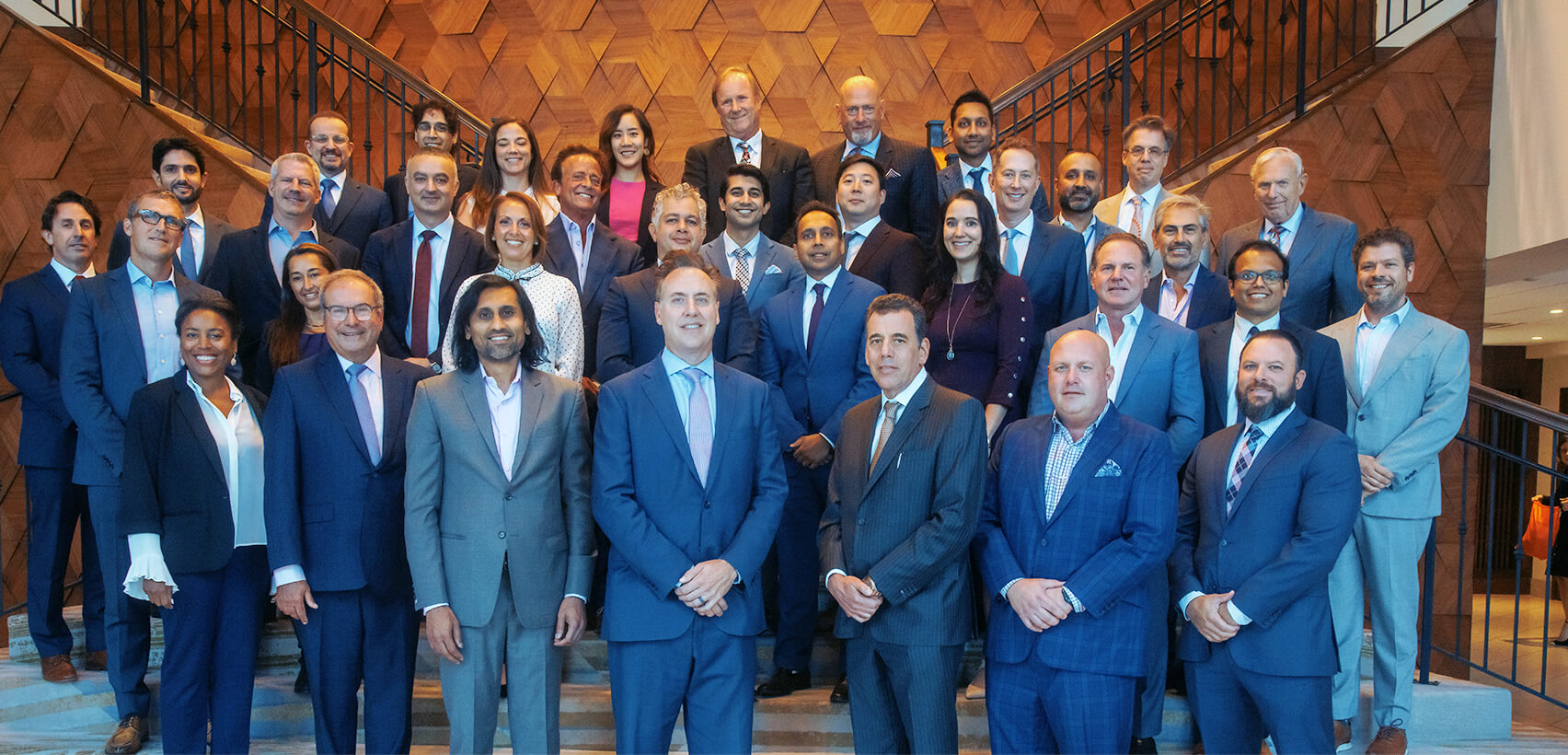Functional Rhinoplasty: Improving Breathing and Nasal Function for Better Health

Undergoing a rhinoplasty, or “nose job,” isn't always about achieving the perfect facial profile. In some cases, the surgery itself can offer a breath of fresh air for those struggling with nasal breathing issues and provide a powerful solution for those with chronic breathing difficulties.
What is a Functional Rhinoplasty?
A functional rhinoplasty is a surgical procedure designed to improve nasal breathing and function, rather than focusing solely on aesthetic changes. This type of rhinoplasty addresses structural issues within the nose that obstruct airflow, such as a deviated septum, enlarged turbinates, or collapsed nasal valves. While the primary goal is to enhance breathing, a skilled plastic surgeon can often combine functional improvements with subtle cosmetic refinements, ensuring both optimal respiratory function and a harmonious nasal appearance.
.jpg?width=301&height=399&name=PSC%20-%20Infographic%20-%20Functional%20Rhinoplasty%20(1).jpg)
Benefits of a Functional Rhinoplasty
“Patients who undergo functional rhinoplasty typically experience significant improvements in their ability to breathe through the nose, which can lead to better sleep quality, increased exercise tolerance, and an overall enhancement in quality of life,” explains Matthew Kaufman, MD, FACS, a surgeon board-certified in both plastic and reconstructive surgery and otolaryngology-head & neck surgery at The Plastic Surgery Center.
Additionally, Dr. Kaufman shares that patients may experience additional benefits such as:
- Reduced snoring
- Increased exercise tolerance
- Better airflow during physical activities
- Relief from sinus pressure and headaches
- Correction of structural abnormalities (e.g., deviated septum)
- Potential reduction in sleep apnea symptoms
- Enhanced sense of smell and taste
- Decreased mouth breathing
- Reduced risk of recurring sinus infections
- Alleviation of nasal congestion
How a Functional Rhinoplasty Can Improve Breathing
A functional rhinoplasty typically focuses on three main areas:
- The Nasal Septum: When an individual has a deviated septum, or a misalignment of the wall between the nostrils, a functional rhinoplasty can re-straighten the walls to allow for more balanced airflow.
- The Nasal Valves: When an individual has collapsed or narrow nasal valves, a functional rhinoplasty can reinforce or widen them, often using cartilage grafts, to prevent collapse during inhalation and improve airflow.
- The Turbinates: When an individual has enlarged turbinates, which are structures that warm and humidify incoming air, a functional rhinoplasty can reduce their size to create more space for airflow and improve breathing.
In addition to these primary interventions, a functional rhinoplasty may also involve reshaping the external nasal structure to support improved internal function. This can include adjusting the nasal bones, correcting a “crooked nose”, refining the nasal tip, or altering the shape of the nostrils. By correcting these various structural issues, a functional rhinoplasty allows for increased air volume to pass through the nose with each breath. According to Dr. Kaufman, this results in easier, more efficient breathing, reduced nasal congestion, and often a noticeable improvement in overall respiratory function and comfort.
Combining Rhinoplasty and Septoplasty for a Functional Nose Job
Many patients opt to combine a rhinoplasty with a septoplasty in one procedure. This combined approach is popular as it addresses both aesthetic concerns and functional issues in a single surgical procedure. This dual-purpose surgery is particularly appealing because it can potentially reduce overall recovery time, minimize costs associated with separate procedures, and ensure that functional improvements are seamlessly integrated with cosmetic changes.
Additionally, addressing both form and function often leads to more comprehensive and satisfying results, as the internal structure of the nose plays a crucial role in its external appearance.
Dr. Kaufman explains that he's often found that combining rhinoplasty with septoplasty often yields the most satisfying results for patients. “It's not just about creating a beautiful nose, it's about crafting a nose that functions optimally,” he says. “When we address both form and function, we're not just changing appearances; we're helping people breathe freely, often for the first time in years.”
How a Functional Rhinoplasty Can Improve Breathing
Determining whether your rhinoplasty is considered a functional or cosmetic surgical procedure often depends on the primary purpose of the surgery and the specific issues being addressed. A functional rhinoplasty is primarily aimed at improving nasal breathing and correcting structural problems that impair normal nasal function. If you're experiencing symptoms such as chronic nasal congestion, difficulty breathing through your nose, recurrent sinus infections, or sleep disturbances due to nasal obstruction, your rhinoplasty is likely to be considered functional. In these cases, the surgery focuses on correcting internal nasal structures like a deviated septum, enlarged turbinates, or collapsed nasal valves.
On the other hand, a cosmetic rhinoplasty is primarily intended to enhance the appearance of the nose. If your main concerns are related to the size, shape, or proportion of your nose - such as reducing a bump on the bridge, refining the nasal tip, or adjusting the width of the nostrils - without significant breathing issues, your rhinoplasty would be considered cosmetic. However, it's important to note that the line between functional and cosmetic rhinoplasty can sometimes blur. Many surgeons recognize that changes to the nose's external structure can impact its function and vice versa. Therefore, even in primarily cosmetic cases, a skilled surgeon will consider and maintain proper nasal function.
Call 833-615-2618 to schedule an appointment with Dr. Kaufman or the care team at The Plastic Surgery Center
Awards, Certificates, & Associations

